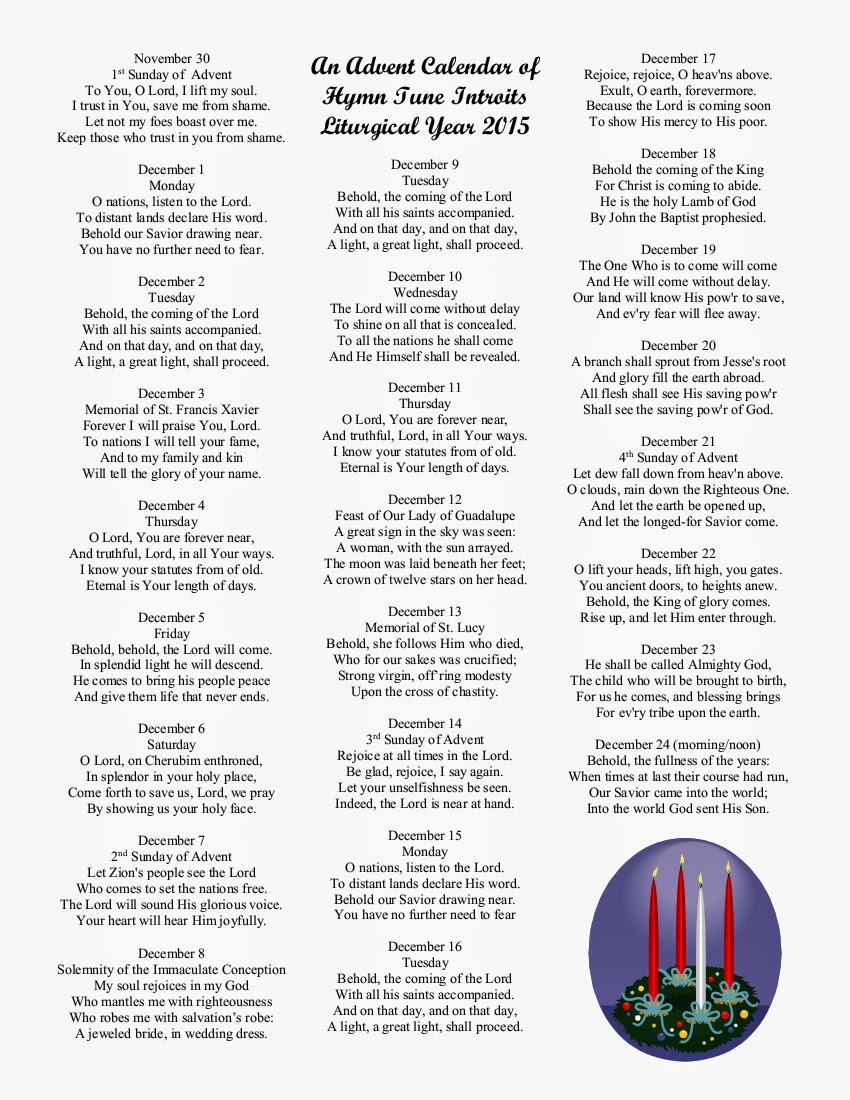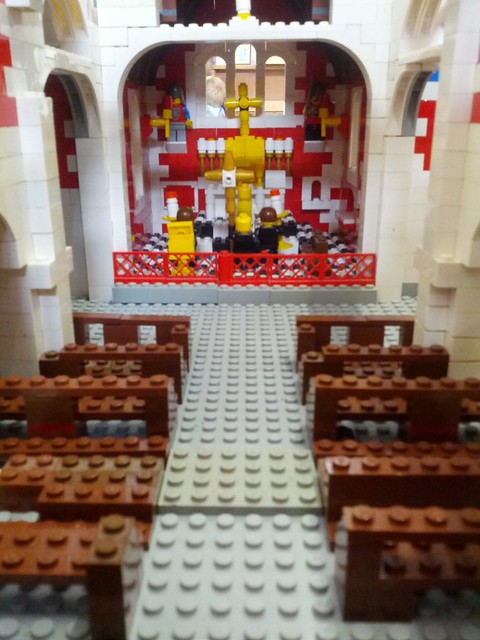 |
| Horst buchholz directing Victoria’s Requiem |
This year was my first colloquium, and I ABSOLUTELY LOVED it. I met so many new people, made lots of new friends, and met several of the other Café authors too, including Adam Bartlett, Mr. C, Jenny Donelson, Fr. Smith, and lots of other people too from the MusicaSacra Forum. I learned so much from the breakout sessions, and singing chant under the skilled Scott Turkington for the whole week. But I’m not the only one! Many other attendees had great things to say about it as well!
Tommy Myrick, a fellow cantor of mine during the Colloquium in Scott Turkington’s Schola had, among other things, an interesting reflection that struck him during one of the Colloquium liturgies.
On this day, it sunk in why the Church has to be something not of this world. Outside there was loud music (which could be heard inside the church), the hustle and bustle of this fast paced world, and hundreds (if not thousands) of souls wandering here and there. In the midst of this modern chaos, we who were attending the Colloquium were assembling to take part in Holy Mass. Here, we had stepped out of time and space to be with our Lord in the Holy Eucharist. It was not like anything you could find on the streets of Indianapolis at the time.
Fr. James Bradley, who speaks about his experiences in learning more about liturgical music, and his great experiences. Fr. Bradley also wrote more about his experiences here and here in other posts on his blog.
Jeffrey Morse’s daily solfège warmups Last week’s CMAA colloquium, I think, provided a number of key ways to implement this sound principle in an authentic way. First, we know that liturgical paradigm articulated by the CMAA could be well described as ‘sing the Mass, not sing at Mass’. This is something that has been spoken of before by Monsignor Andrew Wadsworth regarding the revised English translation of the 2002 Missale Romanum, and it is a principle that we should take very seriously.
In the chanting of the proper texts and, where possible, according to the proper chants, the faithful participate at a deeper and more profound level in the liturgy of the Church, than when the prescribed liturgical texts are supplanted by hymnody or, even, silence. I am yet to be convinced by any argument that prefers non-biblical texts at any point in the Mass, over those antiphons and psalms that flow from sacred scripture and which have been an integral part of the western liturgy for hundreds of years.
Fr. David Friel, one of the bloggers at CCW, also wrote about his great experiences in Indianapolis, specifically one of the breakout sessions session given by one off my new friends, Charles Cole, on chant harmonization:
 |
| Charles Cole’s chant harmonization breakout session |
Yesterday, I chose to attend the breakout session led by Charles Cole in Christ Church Cathedral. The topic was how to accompany chant on the organ for which Charles gave us a number of “rules” to follow. He also acknowledged that not all of these rules must always be strictly followed.
First among the “rules” is the need to stay within the notes of the scale pertinent to the mode. Also, as in all composition, parallel octaves and fifths are to be avoided. Perfect cadences are not advisable. Registration and harmonization, we were taught, ought to serve the melody and text (which are always paramount in chant), striving to remain unobtrusive. It seemed to me that the underlying thrust of the presentation was this: a skillful organ accompaniment can actually help to reveal facets of modality within a particular chant.
Father Friel wrote several posts about his experiences that you can find in 4 parts: I II, III and IV.
Were you there? Did you enjoy it? Share your experiences below too!




